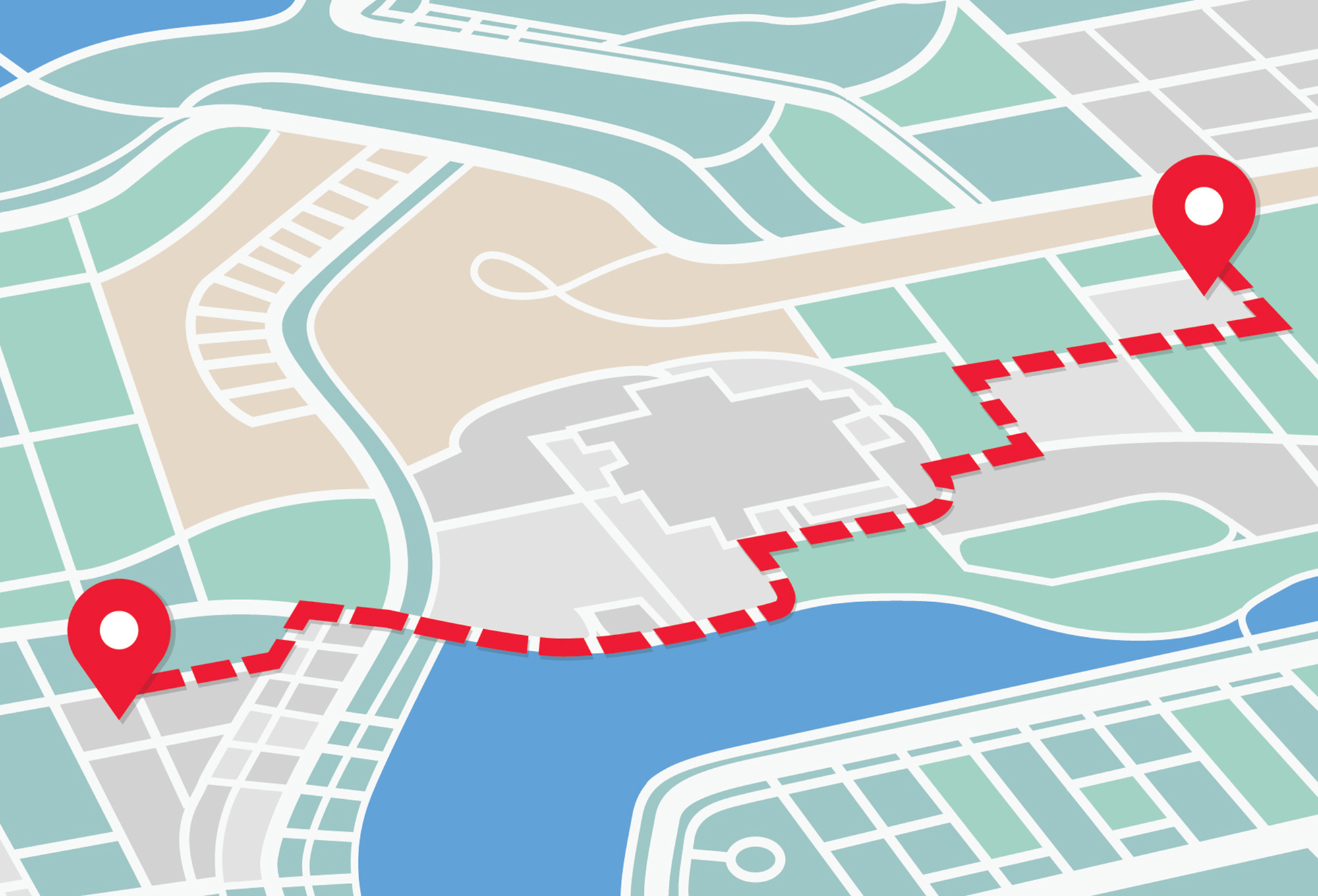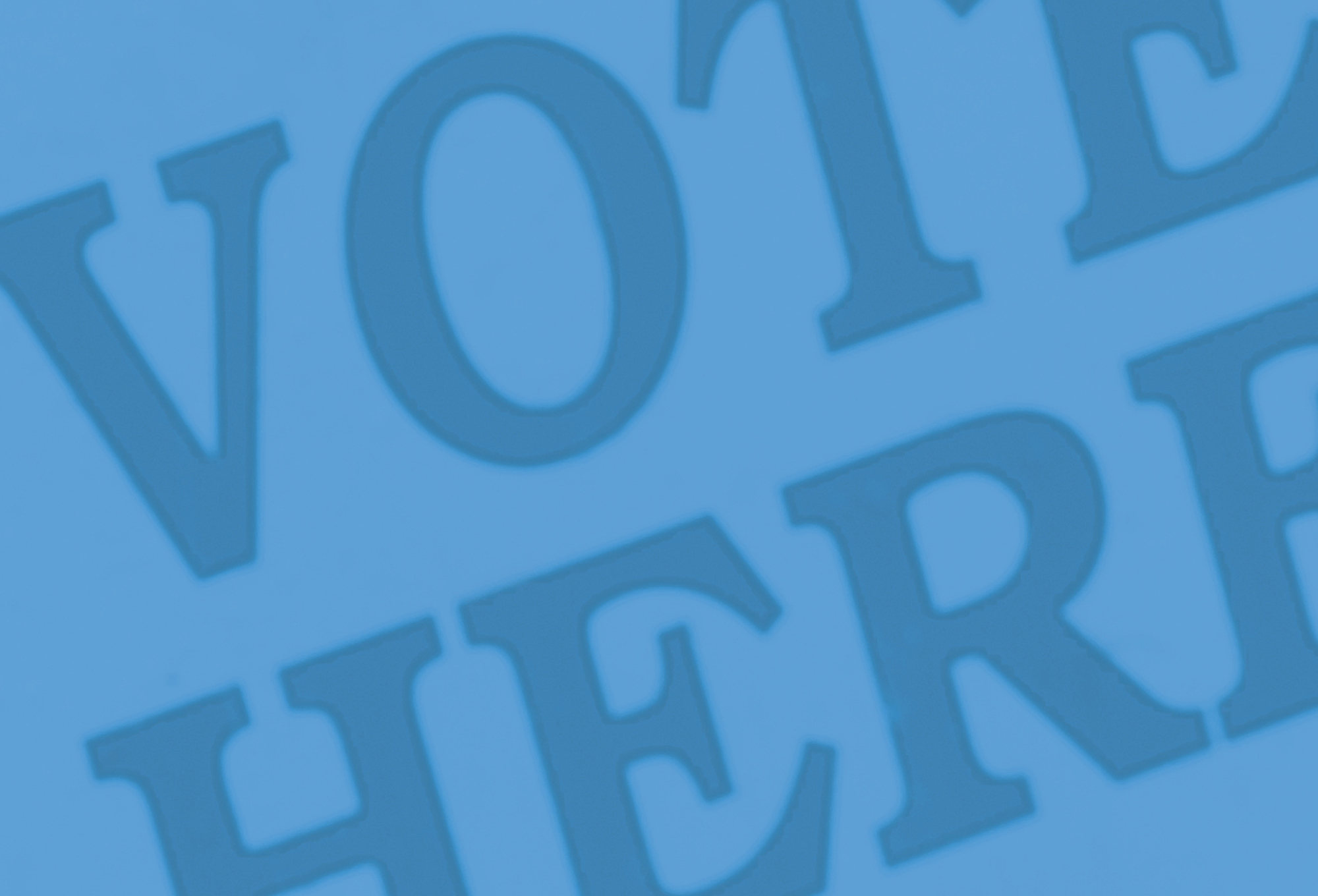Democracy in America suffers from a decades-long pattern of institutional decline. The candidacy and election of President Donald Trump is a symptom as well as an accelerant of this institutional degradation, catalyzing reactions from other institutions, parties, and voters. On the positive side, President Trump’s brazen disregard for the longstanding norms of American governance has drawn attention to long-running problems, creating new interest in what the United States might learn from the experience of other countries in similar situations.
What can we learn from other democracies that have faced executive degradation1 of preweakened democratic institutions, particularly countries with polarized populations? Based on the trajectories of other nations, what damage might we expect to see by the end of the Trump administration? Are there lessons for renewal that can be applied the day this administration exits the scene?
Few countries are directly comparable to the United States. As the world’s oldest continual democracy, the United States has far more established institutions than most other states. And yet the laws protecting the checks and balances of our government are older and thinner than those of most modern democracies, creating the impression of a strong state that has in practice relied more on norms than law to maintain its institutions. America’s implementation of federalism is deeper than in most other countries and is a significant buffer against executive overreach. On the other hand, its population is deeply — and often evenly — polarized by identity-driven divisions that do not lend themselves to compromise. For both sides, every political fight is an identity battle and each battle is potentially winnable. The temptation to engage in undemocratic behavior is significant.
In declining order of direct comparison, we looked at cases of democratic decline and subsequent renewal in Italy under Silvio Berlusconi, Colombia under President Álvaro Uribe, Louisiana during the Huey Long period, Argentina during the populist regimes of Carlos Menem and the Kirchners, South Korea’s President Park Geun-hye, Peru during the reign of Alberto Fujimori, and India under Indira and Rajiv Gandhi. We also looked at the similarities and differences between these states and countries that faced executive degradation and have not yet recovered, particularly Hungary, Poland, Turkey, and Venezuela.






